20+ Years Experience
Specialist Telehandler Hire
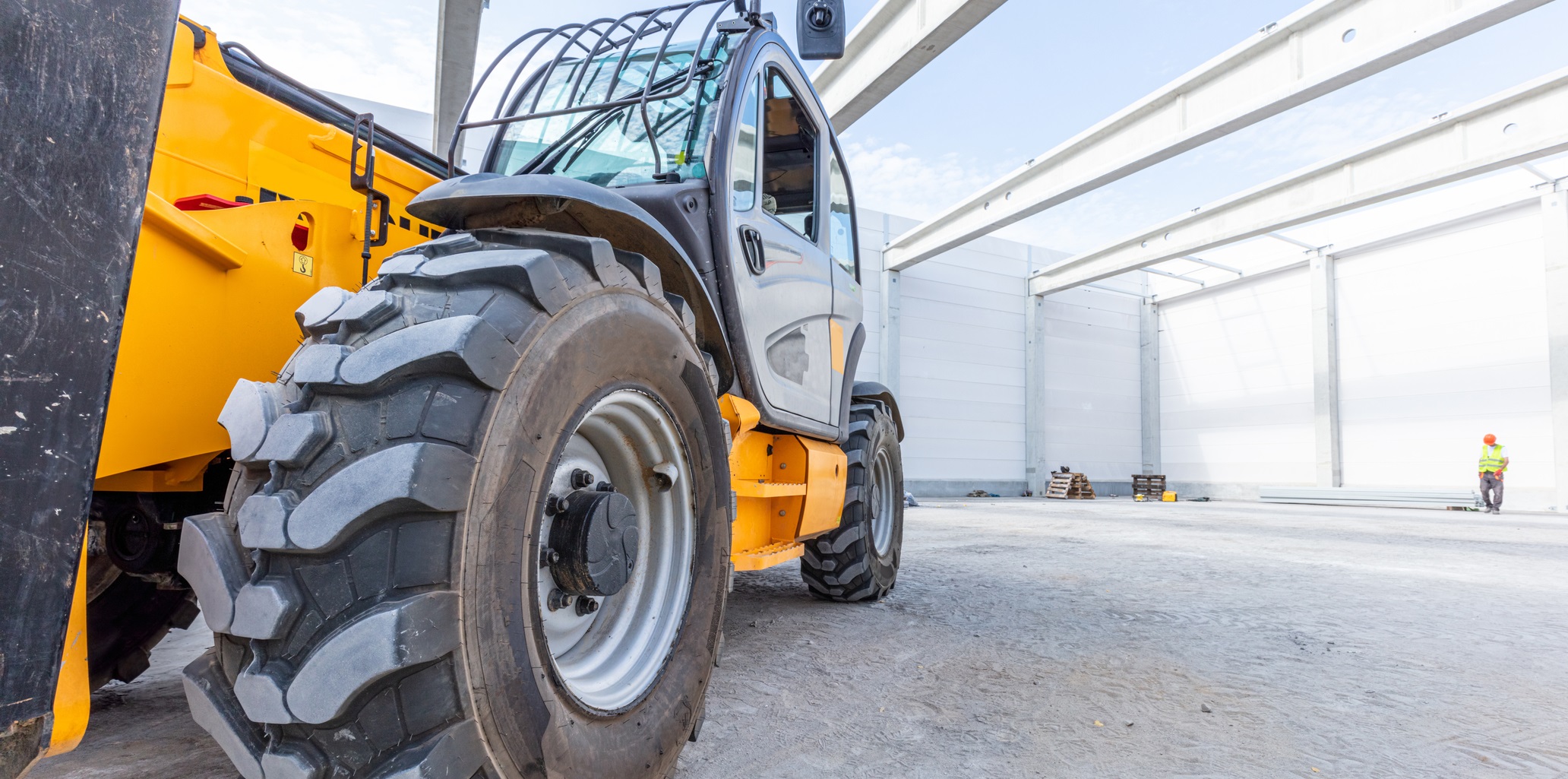
Enquire Today For A Free No Obligation Quote
You invested in a telehandler because you want to make life on the job site easier. But did you know that you can unlock the hidden potential of your new machine with the right attachments? That’s right. With the right combination of telehandler attachments, you can dramatically reduce the time and effort it takes to move materials and equipment, while increasing safety and efficiency. In this blog post, we’ll explore the best attachments to have on hand, plus why and how to get the most out of your telehandler. So don’t get left behind on the job site – it’s time to explore the telehandler’s full potential!
Different types of attachments available for use with telehandlers include forks, buckets, booms, and jibs. Depending on the specific model of telehandler, additional types of attachments may also be available.
The telehandler is a unique piece of heavy equipment that combines the characteristics of a crane and a forklift. It is typically used for material handling in a variety of settings, from industrial factories to outdoor construction sites. Thanks to its telescopic arm, the telehandler can reach higher than the average forklift while still being able to handle materials like pallets and other loads. Telehandlers also provide many other uses, such as transferring both personnel and materials over rough terrain.
From an efficiency standpoint, telehandlers offer several advantages above other methods of material handling. With its increased reach and power, large objects or multiple smaller items can be easily moved or even lifted at once without having to use multiple pieces of equipment. Additionally, these machines are often faster than moving materials manually with a manual lift truck or mini digger. They can also take up less space relative to the amount of weight they are lifting when compared to regular forklifts or cranes.
On the other hand, there are some downsides to using a telehandler instead of alternative machinery for loading, unloading, and transferring materials. Since telehandlers are capable of lifting heavier items over extended distances and higher heights than conventional machines, extra caution should always be taken when operating them as incorrect use can lead to serious injury or accidents. Furthermore, these machines tend to be more expensive than their counterparts due to their complex components and advanced design features.
To conclude, telehandlers are incredibly versatile pieces of machinery that can facilitate material handling tasks in various industrial and commercial settings with greater speed, efficiency, and convenience than many traditional methods. By attaching various implements and accessories however, the capabilities of these machines can be further enhanced and optimised for specific tasks. Now let’s look at what types of attachments can be used with a telehandler to unlock its full potential.
Telehandlers are unique pieces of heavy equipment that combine the characteristics of a crane and forklift, making them useful for material handling in a variety of industrial and commercial settings. They offer several advantages over other methods, including increased reach and power, faster speeds and a smaller footprint. Operators should take extra caution when using telehandlers, as incorrect use can lead to serious injury or accidents. Additionally, these machines tend to be more expensive than their counterparts due to their complex design features. Attaching various implements and accessories can further enhance the capabilities of these machines for specific tasks.
Telehandlers are excellent and versatile pieces of lifting machinery with the ability to take on a wide range of lifting jobs. This is made possible in part by the different attachments that can be used with telehandlers to fit each specific job. Attachments for telehandlers come in various forms, allowing for unique capabilities and enhancing the abilities of the telehandler. From baled grabs to winches, there is an attachment for every type of necessary lift.
Using attachments on a telehandler can increase overall efficiency by maximising the capabilities of a single piece of machinery across multiple tasks. If cost and space considerations prevent purchasing multiple machines, using a single telehandler with different attachments can be a great solution. With the right attachment, users can save time, reduce costs and make their equipment more efficient without having to buy an additional machine.
On one hand, using attachments with telehandlers has been viewed as inefficient due to the time needed to attach or remove them depending on the job at hand. On the other hand, investing in good quality attachments that are versatile and long-lasting can actually prove to be cost-efficient in the long run due to their durability and extended lifespan. It is important for businesses to carefully consider what needs to be done on their particular job site and whether investing in an attachment might be the most beneficial course of action in terms of both speed and cost savings in order to achieve maximum efficiency from their telehandler.
Regardless of how an attachment is chosen or acquired, being able to use different ones with a single machine is key to unlocking the full potential of any telehandler which is why it’s important for users to understand which type of attachment best suits their particular needs before investing in them. Following up ahead we’ll discuss one particular type of such attachment – The Forked Attachment – and explore its benefits as part of unlocking the potential of your telehandler further.
Forked attachments are one of the most useful attachments for telehandlers and can be used for a range of purposes. Whether handling pallets, moving heavy loads and even shifting larger objects such as hay bales, these forks will let your telehandler do it all. Not only are they steady, but they also come with various safety features to make sure that you stay safe while on the job. Shear bolts and pressure relief valves provide added protection in case of overload, ensuring your handler and its load stays secure.
On the other hand, improper use of forked attachments can be dangerous. For operators not used to lifting loads or unfamiliar with the weight capacity of their machine, it can put them at risk. As a result, adequate training must be provided when using forked attachments to mitigate any potential risks associated with their use. Additionally, failing to secure your load securely can cause an operator to lose control during operation. This can prove especially hazardous when manoeuvring around tight spaces or working on uneven surfaces.
In conclusion, forked attachments have proved to be invaluable tools for many operators looking to increase the versatility of their telehandlers – but these benefits don’t come without risks. By understanding the capabilities of your machine and receiving appropriate training when using these attachments, you can ensure that you remain safe during your work day.
Now that we have explored different options available for forked attachments, let’s dive into some of the other types of attachments available to increase the utility of your telehandler.
When it comes to telehandler attachments, there are many different types you can use to make the most of your machine. Pallet forks or lifting jibs are some of the most common attachments for materials handling, however there is also a wide range of other attachments available.
Grapples, hammers and augers are great for completing construction and demolition work with when using telehandlers. Grapples can be used for grabbing logs or other large objects while an auger attachment can help quickly dig holes to set foundations with. Hammers have a wide range of applications and allow you to use your machine as a form of light demolition or drilling.
These versatile attachments can help to make any job easier, however some argue that they come at a cost in terms of additional operational expenses and labour costs. They can also require the machine to be re-rigged for different jobs which may take extra time. Some suggest that using a purpose built machine such as an excavator rather than a telehandler with an attachment is more cost effective, though not necessarily more efficient in all scenarios.
In any case, if you choose to supplement your telehandler with various attachments then you need to ensure that these are best suited for your particular task and jobsite conditions. Investing in quality attachments that have been designed and adapted specifically for telehandlers may help reduce risks associated with accidents or misuse onsite.
Now let’s look at the importance of operating a telehandler properly in order to unlock its full potential.
Operating a telehandler safely and efficiently is essential for getting the most out of your machine. By following best practises and adhering to safety protocols, you can maximise the performance of your telehandler and its attachments.
When operating a telehandler, always make sure you have plenty of open area to manoeuvre. The forces generated by the boom, forks, and any other attachment are much greater than those of a regular lift truck, so plenty of space is necessary to prevent any dangerous tipping moments. Additionally, be aware that some tasks may require additional ground preparation or an extended outrigger setup.
Before loading or unloading with your telehandler, double-check that all hitch pins are properly secured in place. Ensure that the telescopic boom is positioned correctly as well as all forks straightened before adding a load. Additionally, avoid carrying more than one load at once and operate at lower speeds if necessary for better control.
Your telehandler should also be properly maintained to ensure safe operation day after day. All operators must be familiar with the manufacturer’s instructions and maintenance schedule specific to the model they’re using. This includes knowing how often to check fluids such as diesel fuel, oil levels, coolant levels and any lubricants used with attached implements like forks or muck grabbers.
In addition to standard operations procedures, attention should also be paid to the attachment being used on the telehandler. Certain attachments may require special care or additional steps during installation and use; read any accompanying material or operator’s manual thoroughly in order to get familiarised with particular features or limitations associated with each attachment for safer operations.
By understanding proper usage and safety protocols when operating a telehander, this in turn unlocks its potential for use in any circumstance requiring lifting or moving far heavier loads than would otherwise be possible without it – but it is important first to understand these machines capabilities and the factors which affect their lifting capacities – something we will discuss next.
Understanding the lifting capacity of your telehandler is essential, as it affects both the type and size of the loads that can be carried safely. Lifting capacity is determined by the maximum weight that a certain attachment can lift and is calculated depending on several considerations such as machine size, axles, tyres, engine power and hydraulics. It is important to check the specifications supplied with each attachment, as they will detail what the appropriate lifting capacity is for that particular piece of equipment.
When determining an attachment’s lifting capacity, there are two components to be aware of: structural and hydraulic. Structural refers to the ability of a piece of machinery to physically carry its rated load while hydraulic relates to the machinery’s ability to safely control and lift the load. The rated workloads of machines must be respected: exceeding them can put people in danger and increase stress on components which may lead to increased maintenance requirements or expensive repairs further down the line.
It is important to consider all of these factors when selecting a telehandler’s attachment in order for it to reach its full potential without causing any unwanted harm or damage. Careful consideration needs to be taken when operating any piece of lifting equipment. With this in mind, it is essential for users to understand and refer back to their equipment’s lifting capacities when making decisions about what type of load or tasks their telehandlers can undertake.
Understanding your telehandlers’ lifting capacities provides an extra layer of safety when it comes to protecting workers, bystanders and property within the workplace environment. It is critical to ensure you are working within these limits at all times as this will help keep worker safe as well as extend the life of your telehandler assets.
Knowing how much your telehandler attachments can lift is just one important step when unlocking its potential; understanding existing safety measures for operating such equipment should also be taken into consideration. As such, this concludes this section about understanding lifting capacity – now let’s move on in our article and examine safety measures needed when using telehandlers next…
Safety is of the utmost importance when using a telehandler, as the heavy machinery involved can lead to serious injuries. As such, it is important for operators to keep up to date on their training and certification in order to avoid any potentially dangerous situations. Training should also include practises for inspecting telehandlers and attachments before each use and regularly throughout their lifetimes in order to identify possible malfunctions that could quickly lead to injury.
It is also important to take into account operational safety measures. Operators should always observe the proper procedures including ensuring that all safety guards are attached and in place prior to operation and that proper supports are in place when lifting loads. It is also important to be aware of the surroundings while operating the telehandler, avoiding sudden movements or blind spots around corners.
Finally, end-users may want to invest in an automated system that takes many of these safety factors into account. With smart technology attached to the attachments, users can ensure that they obey certain waste loads and distances. They can also take advantage of optical sensors looking áround them during operation and even alerting workers if necessary when a problem arises or if an obstacle moves into their path.
Leading towards work environments, it is necessary for operators to understand the different aspects of a work environment before utilising a telehandler attachment in order to maximise productivity and minimise potential risks.
When operating a telehandler, one must keep the work environment in mind. It can be a difficult balancing act between safety and productivity. Safety is best achieved by having an enclosed cab for the operator; however, this can decrease efficiency as visibility is decreased and access to the machine is restricted. Conversely, an open-cab provides more visibility and access; however, it can be uncomfortable with poor weather conditions, dust, or debris.
The best solution is to use both options depending on the job at hand. An open-cab may be preferable in some settings rather than having to stop between load cycles in order to open or close the cab. The versatility of a telehandler allows for quick changes between open/closed cabs without interruption. On the other hand, if there are extreme temperatures or hazardous materials present, an enclosed cab might be best suited for maximum safety of the operator. Regardless of which option you choose, make sure that your work environment suits your needs while still keeping in mind your overall safety when operating a telehandler.
Leading into our next section, let’s explore further how enclosed cabs can increase safety when using telehandlers.
Enclosed cabs provide greater protection to the operator, making certain tasks safer and less arduous. The cab can philtre out weather, dust, and other potentially hazardous particles while reducing noise levels. In forested environments, the cab can also protect against falling limbs or branches. Cabs that are climate controlled can further protect worker health by providing a consistent temperature.
Furthermore, a closed cab increases visibility of the area around the machine and may reduce the risk of accidents. However, these advantages come at a price; an enclosed system can increase machine weight, resulting in reduced speed and lower lifting heights. Additionally, with access panels on the roof of the cab needing to be opened for daily maintenance checks, the potential for rainwater seepage into the cabin must be taken into account.
Ultimately, choosing an enclosed cab to equip your telehandler is a personal decision and often comes down to weighing up the advantages and disadvantages inherent in individual situations. With thoughtful consideration and planning, customers can make an informed decision based on their specific needs as to whether an enclosed cab will best suit them.
Manoeuvrability is another important factor when considering telehandler attachments. Some attachments provide enhanced manoeuvrability allowing operators to move materials around quickly and efficiently while still providing great stability within tight spaces. Next, we will discuss some manoeuvrable attachments which add versatility to your telehandler capabilities such as rotating forks, vacuum lifters and snow buckets.
When it comes to manoeuvrability, telehandlers have the advantage. Versatile by design, they can easily rotate and tilt for various tasks. This makes them ideal for reaching different heights and angles, even in tight spaces. Telehandlers are especially well-suited for navigating around obstacles, as their four wheel drive system helps maintain balance and stability when turning on uneven surfaces. Additionally, many telehandler models today come with features such as articulated steering, which can help them turn in tight space or reach hard-to-access areas.
Furthermore, the versatility of telehandlers extend beyond just their manoeuvrability – they can be fitted with a range of attachments to help tackle different tasks. Although these attachments do increase the overall weight of the machine, they can also provide extra power and stability when manoeuvring in certain situations.
While some may debate that telehandlers are difficult to operate due to their size and weight, modern advancements have improved their manoeuvrability in recent years, making them more efficient than ever before. With proper training and education, those operating a telehandler can become experts at safely navigating even the most demanding work sites.
Overall, telehandlers offer exceptional manoeuvrability for a wide variety of digging applications and make jobs easier by allowing operators to access even the most difficult-to-reach places with ease. Now that you know about their manoeuvrability capabilities, let’s take a look at what accessories can unlock even more potential in your telehandler.
Accessories can help unlock the potential of a telehandler by adding flexibility and versatility to its operation. While most telehandler manufacturers offer several stock accessory options, customising a unit with additional accessories can provide added convenience and productivity for specific applications.
For example, outrigger stabilisers are great for keeping the telehandler in a safe and stable position when handling heavier payloads and longer reach distances. Mounting brackets, meanwhile, can accommodate specialty attachments and allow telehandlers to more easily switch out between different available accessories while they’re on the job site.
A popular option among construction sites is the pallet fork. Pallet forks can be used to move materials of various sizes around a worksite quickly and easily, taking advantage of the reach capabilities of the telehandler to scope out items that would otherwise be inaccessible or too difficult to move by hand. Baskets are another common choice – they enable workers to stay elevated above ground level during material handling or other tasks where reaching higher heights is necessary.
The benefits of accessories that open up new opportunities with a telehandler are undeniable; however, it’s important to make sure these attachments are compatible with the machine model being operated. Failing to do so can result in problems with fitment or structural integrity, increasing the chances of an accident or breakdown due to improper use of the unit. With this in mind, it’s best to double-check manufacturer guidance when considering an accessory purchase or upgrade for a telehandler.
The benefits of using attachments for your telehandler are multi-faceted. First and foremost, they can expand the reach and capability of your machine, allowing you to tackle larger jobs with increased efficiency. Attachments also provide better control and safety, as well as reduced fatigue for operators due to less manual labour. In addition, attachments can improve accuracy and precision in difficult tasks, expanding upon the already diverse range of uses for telehandlers. Finally, with the right attachment, you can save time by replacing multiple pieces of equipment with one device. Ultimately, utilising attachments is a great way to unlock the full potential of your telehandler and maximise its uses.
The most common attachments used with telehandlers are forks, buckets, jibs and pallet clamps. Forks are used to lift and move pallets, buckets can be used for a range of tasks such as hoisting soil or materials like gravel, jibs provide additional reach and pallet clamps are used to move items such as large concrete blocks in a controlled way. Each attachment has its own specific purpose and is designed to address particular needs when working with a telehandler. With the right knowledge and practise, these accessories allow for quick, safe and efficient work.
Choosing the right attachment for your telehandler requires careful consideration of your needs and objectives. First, you should consider what type of work you need to be able to do with your machine. If you’re dealing with earth or soil, then a bucket might be the best attachment, as it allows you to easily scoop up and move large amounts of material. On the other hand, if you’re loading cargo onto trucks or working with pallets in warehouses, then a forklift attachment might be the ideal tool for the job.
In addition to considering the tasks that your telehandler will be performing, it’s also important to evaluate the weight limits of specific attachments before purchasing them. Certain models may not be able to handle the weight of certain materials or payloads that you intend to transport with your machine. Additionally, when selecting an attachment for your telehandler, make sure that it’s compatible with its make and model so that it fits securely and operates safely.
Finally, cost is always an important factor when choosing any type of equipment. It’s important to keep in mind that while some attachments are relatively inexpensive, they may have limited functionality or durability over time. So think long-term and weigh the cost against quality when making your purchase decision. With this advice in mind hopefully you can find the perfect attachment for your telehandler!
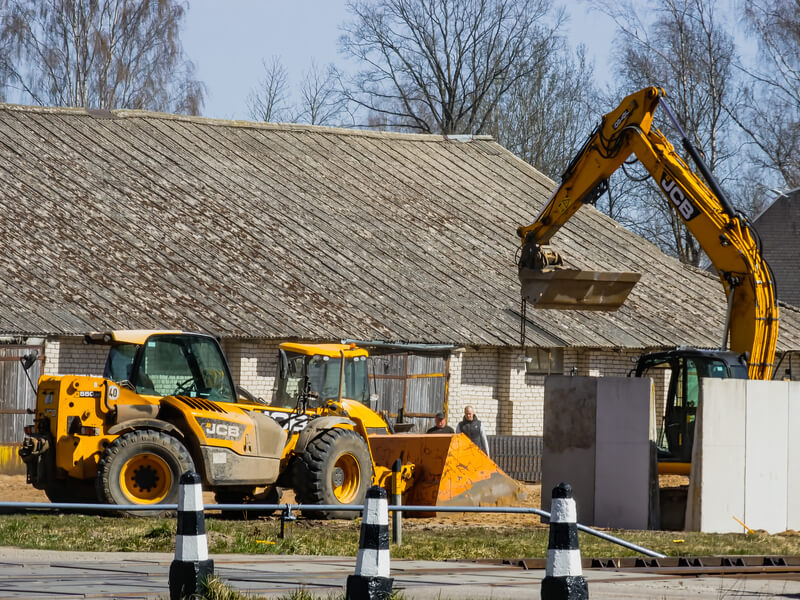
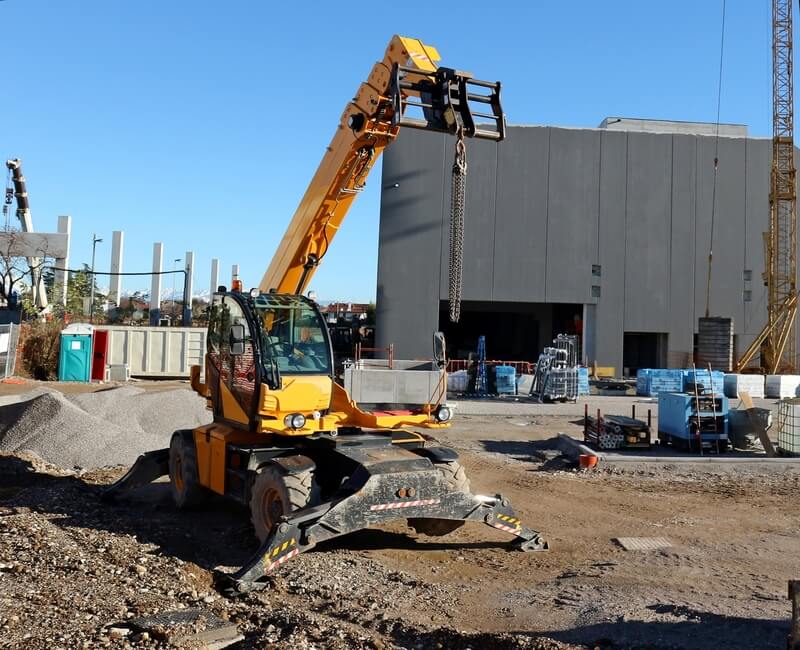
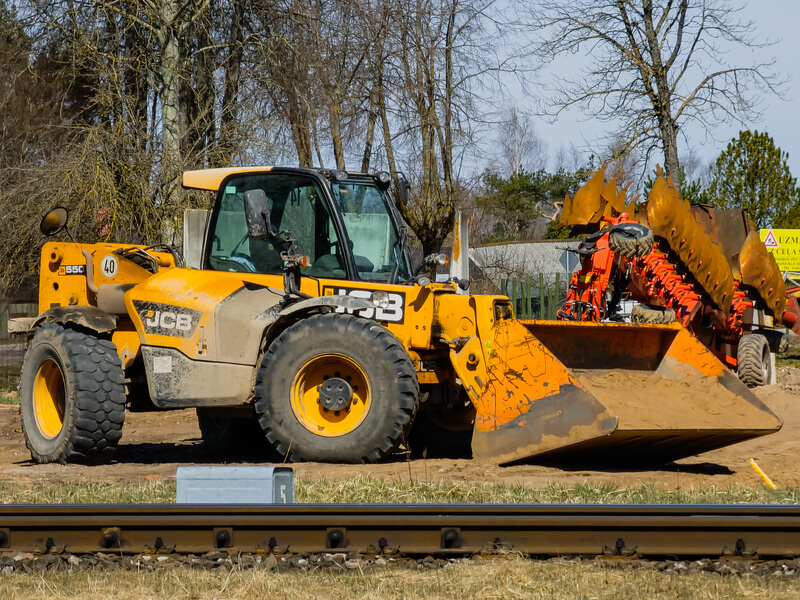
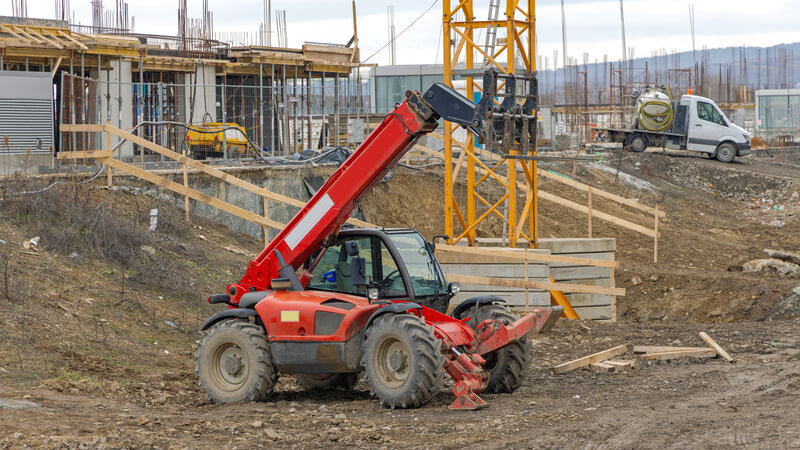
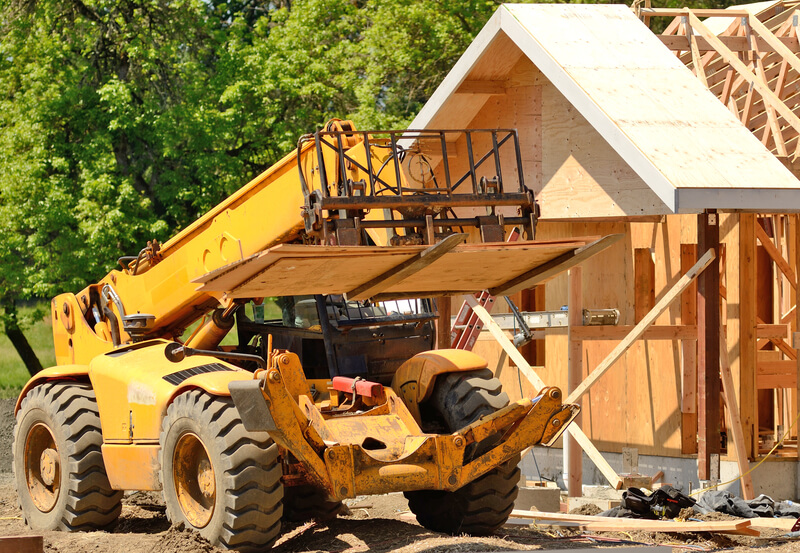
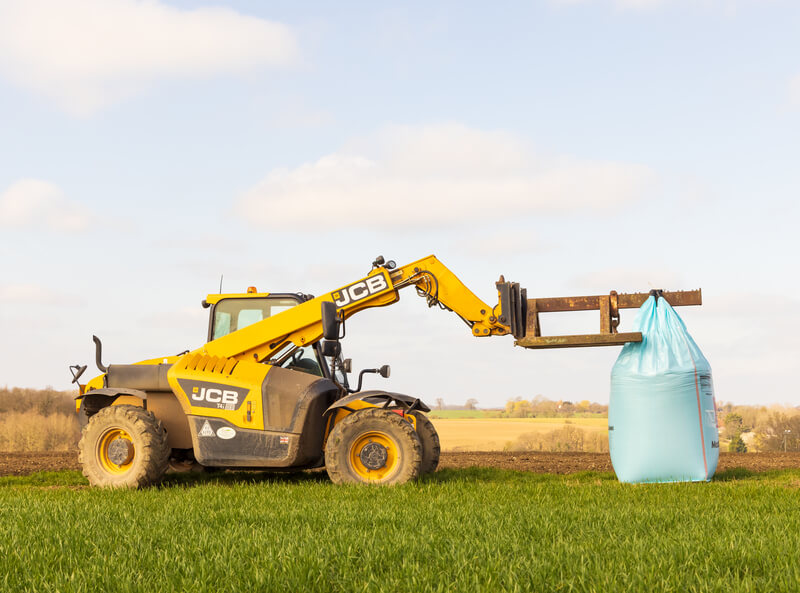
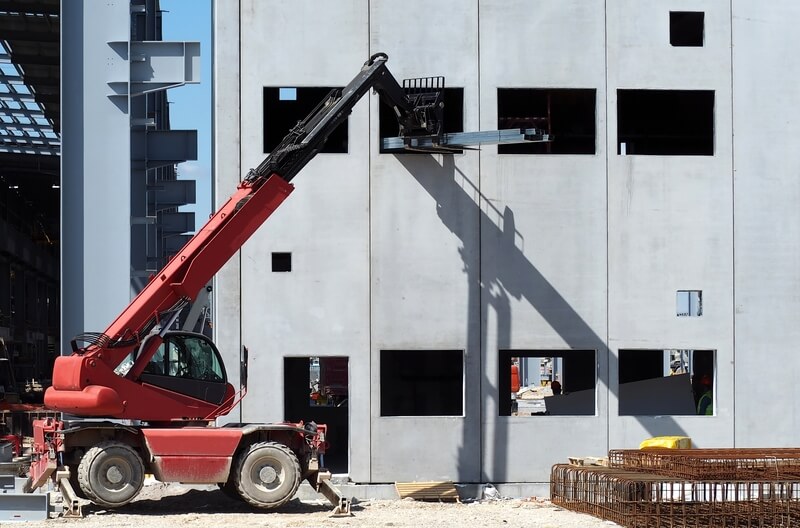
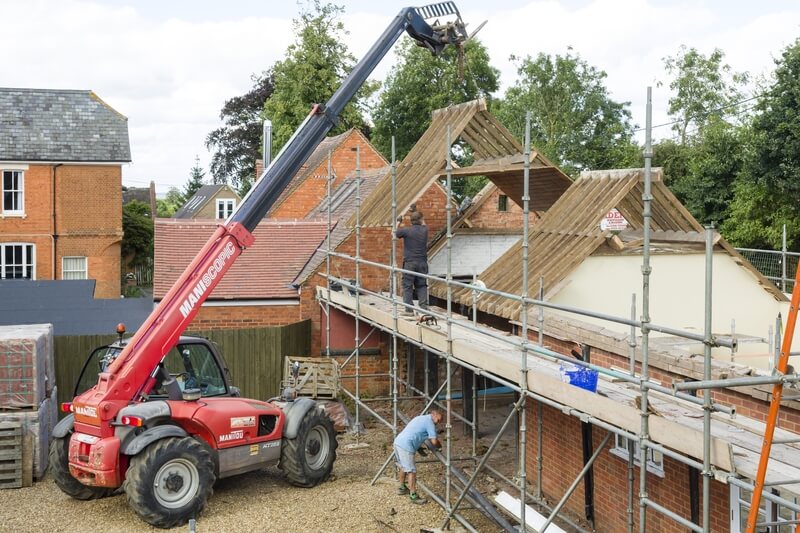
We Aim To Reply To All Enquiries With-in 24-Hours